1
HOME > Tips & Advice >
HOW TO TAKE PROPER CARE OF YOUR CLOTHING
Written by Ivan Yaskey in Tips & Advice on the 26th March 2021
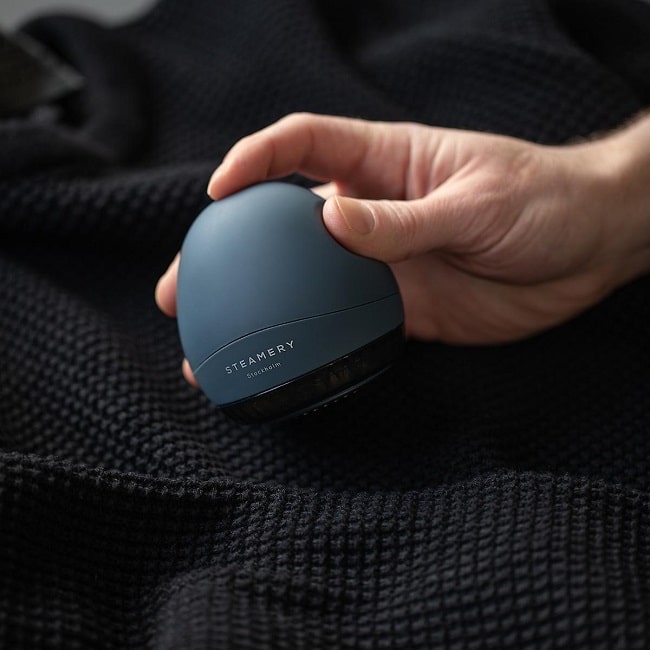
The availability and variety of fast fashion has skewed our perception in terms of maintaining your wardrobe. We’re not talking about sticking strictly to minimalist and classic pieces but, instead, the upkeep and repair needed to lengthen the lifespan of everything from shirts to suits to even the footwear in your wardrobe. Unfortunately, everyday wear, particularly when you were commuting to the office, to the process of washing your clothing can mar its appearance. What looked sharp at one point starts to show signs of staining, fading, and discoloration, or eventually develops rips, straining around the seams, minor holes, or, in the case of footwear, scuffs. And, especially if you have a habit of storing everything crammed in a dresser – or, worse, in a pile on a piece of furniture – your crisp shirts, trousers, and suit jackets start to develop wrinkles and folds that even steaming and ironing can’t get out. Some say that all you need to do is take your clothing to the drycleaners and be done with it. But, consider this: Chemicals that aren’t great for the environment are still involved in the process of cleaning your clothing, and once you send everything over, you incur a higher monthly (or weekly) bill. Instead, the key – and one leading to fewer trips to the cleaners – is establishing rules for maintaining your clothing long term. Interested in what that entails? Here’s how you can get started:
Brushing Your Suit and Dress Clothes
Whether your suit is made out of wool, tweed, or polyester, particles throughout the day get embedded in its fabric. This could be from the lunch you ate at work, cigarette smoke as you entered or left the office building’s front door, or dirt and other small debris as you made your way around town, getting in and out of your car as you do. Whatever your day-to-day journey looks like, these bits accumulate and settle into the fabric, affecting the material as they decompose and attract insects, like moths. As a simple solution, take a soft-bristled brush and go over the surface of your suit each time after you’ve worn it. This helps dislodge any particles lingering on the fabric, and keeps the material looking fresh between trips to the cleaners.
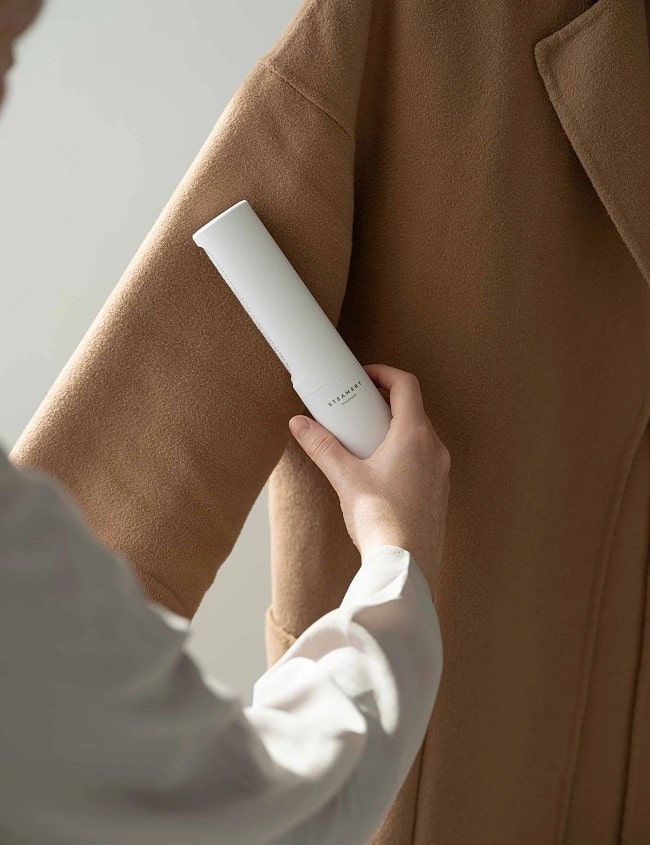
Know How to do Basic Garment Repair
You’re not likely to take out a seam from your trousers and then stitch it back up for a closer fit. That’s what your tailor is for. While we suggest having your clothing altered for the best fit possible, be it shortening a hem or letting out a seam before it rips, you should be able by yourself to stitch on a button that falls off or even add a few stitches to secure a seam that has started to open up near the cuff or hem. If you learn some sewing in school, online tutorials can show you the basics, so you can perform these standard clothing repairs.
Create an Ideal Storage Environment
Storage environment can have the greatest impact on what your clothes look like, as many who’ve kept belongings in a poorly ventilated, overly moist storage locker can attest to. When it comes to your wardrobe at home, you want to aim for cool, dry, and dark, with no dirt or outside debris present. These factors can attract insects, result in UV-related fading and cracking, and cause bacteria to grow. As well, make sure that if certain items are for special occasions only that you keep them in a garment bag. Otherwise, dust particles may become embedded in the fabric. Secondly, don’t go cheap on the hangers. Wire hangers can create creases in certain types of materials, especially wool. Instead, a wider design with more body, like a wooden or even plastic hanger, is less likely to leave an imprint you can’t iron out. At the same time, any hanger you select needs to be at the right width for your trousers, shirts, and suits. Otherwise, the garment becomes stretched and wrinkled in these areas. Consider purchasing separate suit and shirt hangers to properly fit and support the garments. If you use a dresser, be careful not to stuff too many items in, and always fold along the seams. This reduces the number of folds and creases your garment will experience and helps preserve its shape.
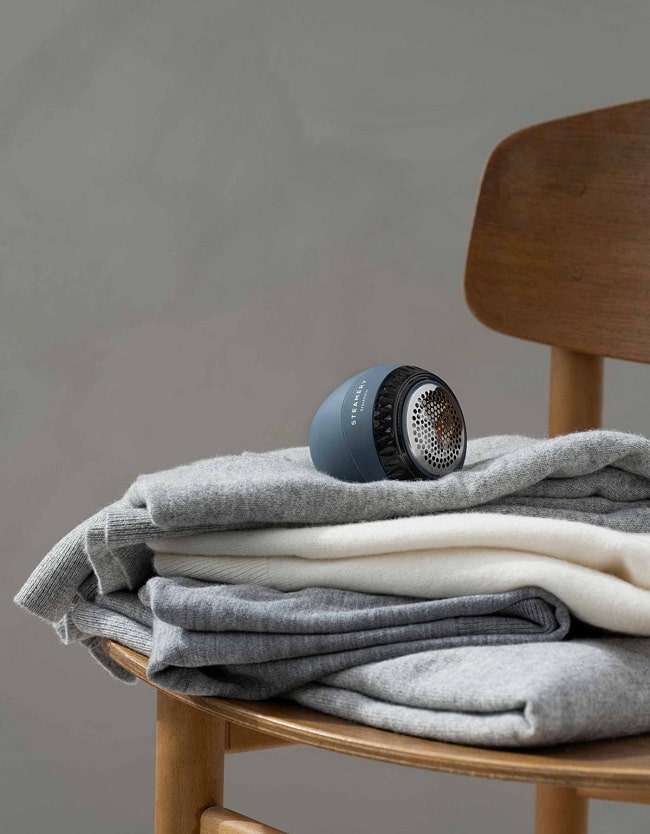
Understand How to Wash Your Clothing
Not everything goes in the washer, and yes, even men have to separate out their delicates, particularly if you own something embroidered or made of a fine material like chiffon or organza. As well, know which materials shouldn’t go in the dryer: For instance, dryer heat can cause your elastic to slack, and isn’t great for certain synthetics. In general, excessive dryer usage can cause your clothing to prematurely show signs of wear, as the fabric either shrinks or starts to break down. You may further want to consider hand-washing these finer items and, instead, having them dry on a rack in your bathroom. On these notes, some recommend washing your clothing less frequently. Jeans, as you likely know, can go a few wears, within reason, without having to be washed. The same goes for your suit: As long as you’re brushing the suit after each wear, you can space out your drycleaner appointments. On the other hand, if your clothing develops a stain, you’ll want to at least hand-wash it right away, as the substance can set in the fabric and be difficult to remove. This encompasses everything from food and beverage spills and splashes to skincare product residue building up near the collar.
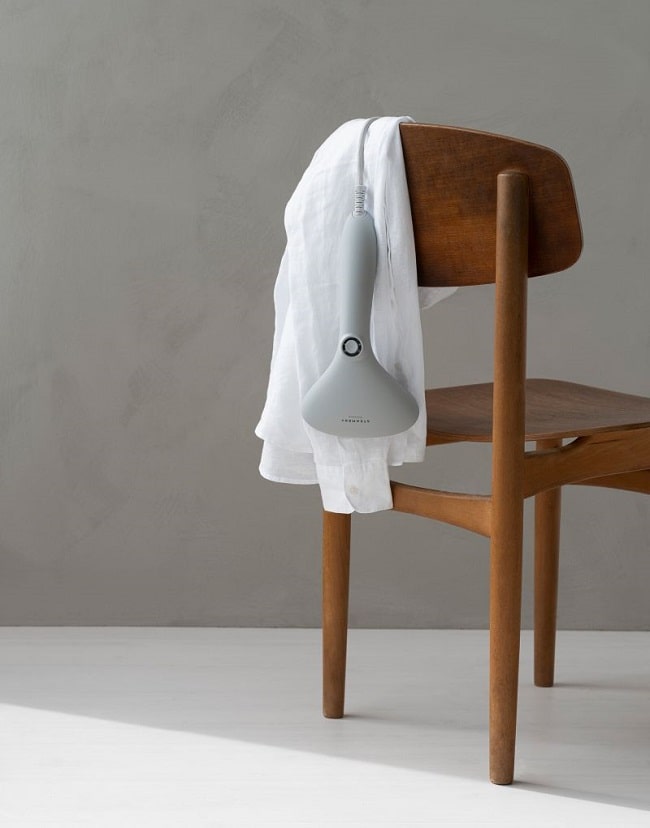
Limit Ironing
For getting out wrinkles and folds, steaming your clothing is preferred to ironing. Yet, if you do have to iron, not all methods are created equal. Dry ironing, specifically, is ineffective and, in fact, may end up partially melting the surface of your clothing. As well, because the fabric is less responsive to heat alone, the job ends up taking longer. Instead, use a steam iron, or sprinkle your garment with water ahead of time. The result requires fewer passes to get your shirts and trousers looking crisp and exposes them to less heat overall.
Understand Basic Shoe Care
Compared to clothing and accessories like ties and pocket squares, shoe care is a separate yet related entity that deserves its own guide. Yet, since many of us keep our footwear and garments in the same spaces, you’ll want to be mindful of the following:
- Use a shoe tree to help maintain the material’s shape, get rid of any creases, and prevent cracking long term. Wooden shoe trees, as opposed to their plastic counterparts, help reduce moisture buildup from the interior.
- Properly shine your shoes, using a shoeshine kit with a horsehair brush, cloth, and corresponding colour polish. As a note, brown polish shouldn’t be used on black shoes, and vice versa.
- Take waterproofing seriously, either by adding a treatment to the exterior or investing in a pair of galoshes or over-boots for winter weather.
- Fully dry out your leather shoes before wearing them again. Right when you get home, towel them off thoroughly and use the shoe tree, rather than waiting for them to air dry.
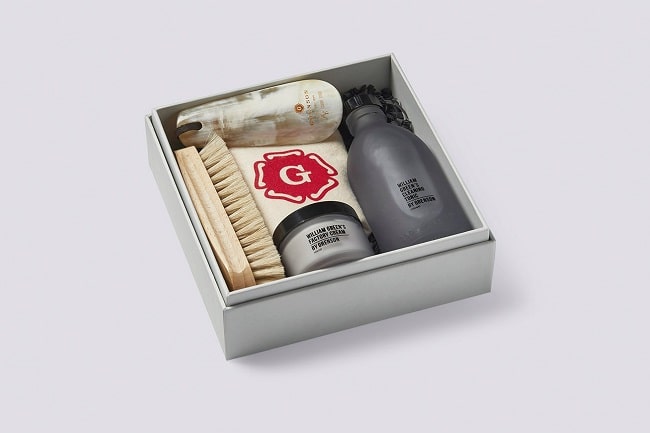

Trending
2
3
4
5
6
7
8
9
10










